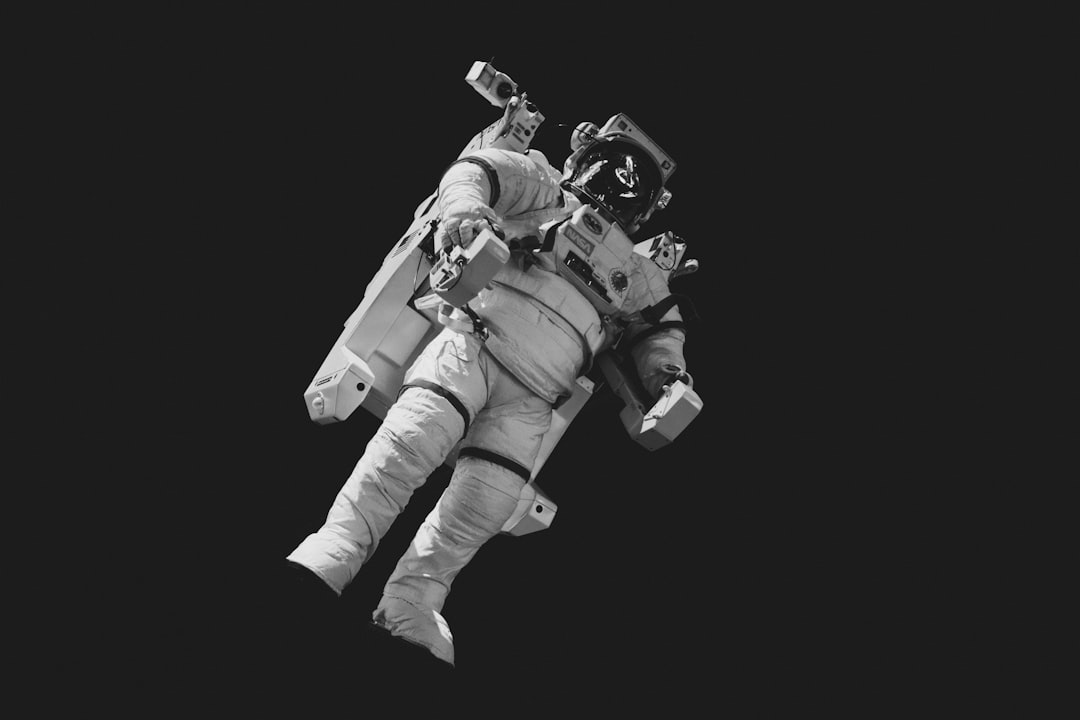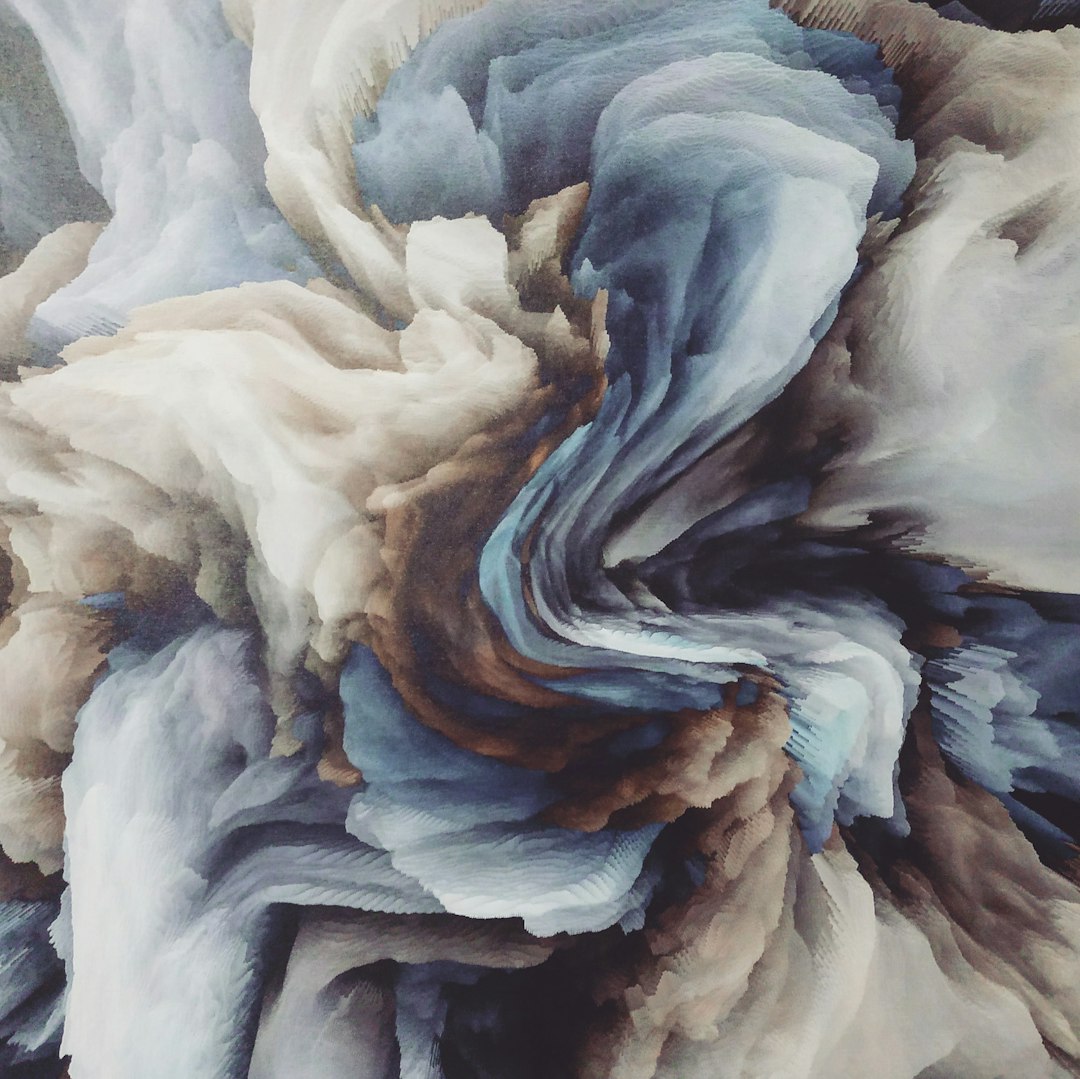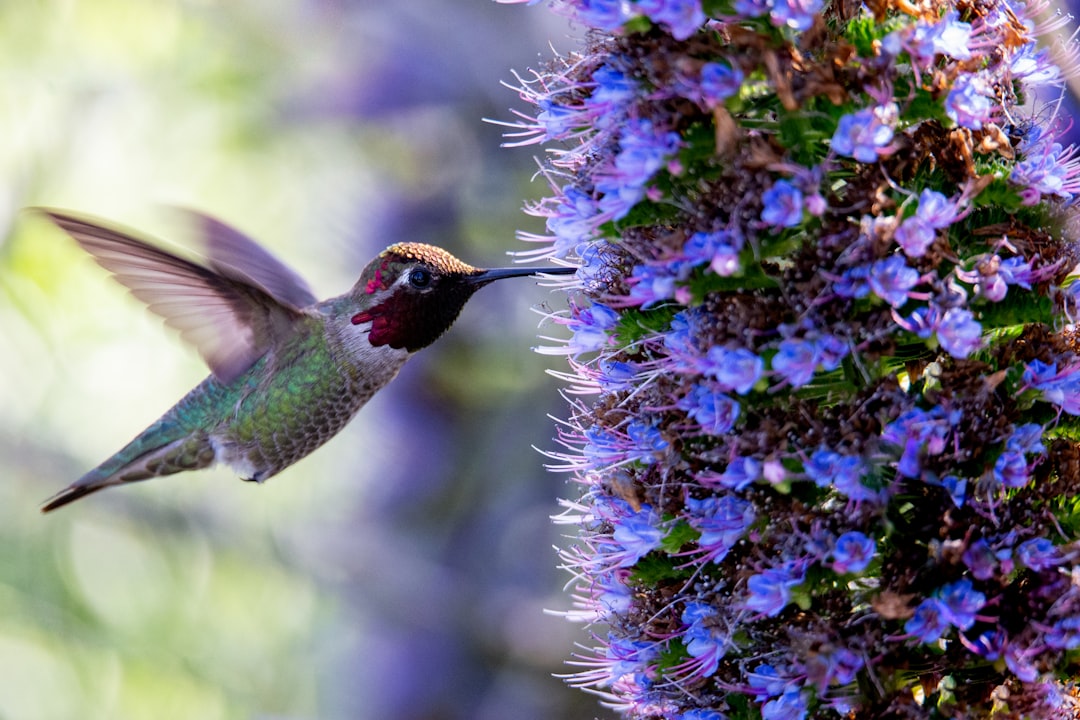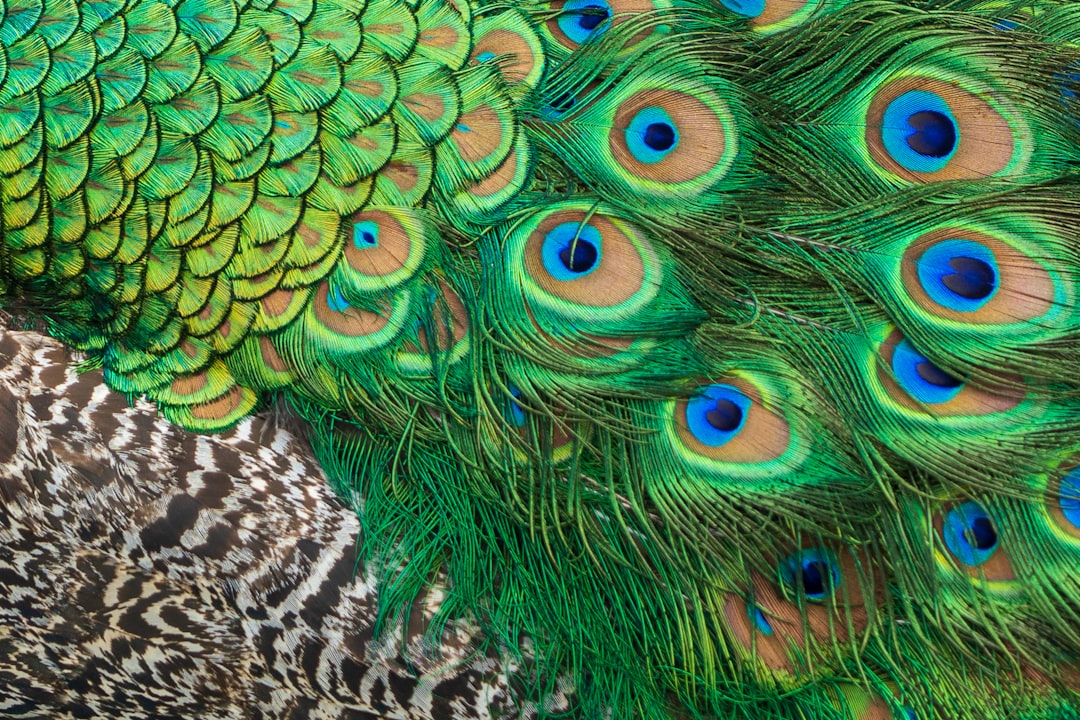Multi-Level Conspicuous Consumption
The force that gives rise to luxury watches, moon missions, and art galleries
con·spic·u·ous con·sump·tion
noun
expenditure on or consumption of luxuries on a lavish scale in an attempt to enhance one's prestige.
Why are individuals willing to pay a premium for designer brands, fancy food, and luxurious vacations? Why are groups of humans willing to invest substantial resources into marvelous monuments, prodigious programs, and artistic industries? Why do we find art beautiful—better yet, why does art exist in the first place?
To answer these questions, we will build up from the foundations of biology, notably from the theory of natural selection which will serve as a stable base to build upon. We will then examine the collections of cells that combine to form multi-cellular organisms, and the collections of multi-cellular organisms that coalesce to form super-organisms, and explore some of the conspicuous signals that manifest in each. The theory of multi-level selection will be used to help support the claim that conspicuous consumption operates at multiple biological scales. We will discover that monuments, moon missions, and art, are all the products of the culture of a super-organism, and, like with organisms, the evolution of a culture is guided by the biological forces of natural selection.
Natural Selection
The fundamental law that governs biological behavior, laws of physics aside, is that of the theory of natural selection brought forth by Charles Darwin. The theory posits that biological organisms compete with other organisms for limited resources because those resources serve survival and reproduction. The organisms best adapted to their environment improve the likelihood that they obtain those resources, which helps to ensure that their genes survive to future generations. The complex and ever-changing nature of ecosystems breed a turbulent biological environment; genetic variance thus evolved as a way for species to drift into niches that supported both survival and reproduction.
Intraspecies and interspecies competition drive the genetic evolution of a species. Intraspecies competition is the competition between members of the same species, and it generally involves the competition for both energetic (e.g., food, water, or sunlight) and sexual resources; whereas interspecies competition is the competition between members of different species, and it mainly involves the competition for energetic resources. These two modes of competition, and the reproductive and energetic resources that are competed over, are of course interdependent and cannot be completely decoupled. For example, adaptations that are sexually attractive are found attractive because they provide a general purpose competitive advantage over predator/prey and fellow species members (think of the antlers used by male deer to fend off both predators and fellow male deer). Likewise, energetic resources are generally acquired as a means to a reproductive end.
For the topic of conspicuous consumption, we will focus mainly on intraspecies competition. Conspicuous signaling is an adaptation that species evolve to succeed within the sexual marketplace. But why is it adaptive in the first place?
Multi-cellular
A multi-cellular organism is composed of a collection of cells who work together towards the common goal of promoting reproduction with other collections of cells belonging to the same species. These cells will self-organize to produce signals that indicate genetic fitness to others, but this cellular mobilization and signal production can be an expensive process. Consider the peculiar example of male peacocks, who's extravagant tails are used to woo female peacocks. The more vibrant, large, and symmetric the tail, the better the chance to pique the interest of a female. But what exactly are the underlying qualities piquing her interest?
The vibrancy, grandness, and symmetry of a male peacock provide insights into the underlying cellular processes that produced these qualities. Vibrant colors may signal that cells belonging to the immune system are well-equipped to handle pathogens or are not pre-occupied with an active parasite or disease. Increased vibrancy of plumage may also provide a reflection of lower levels of oxidative stress (higher levels are associated with aging and cancer). Us humans do not have feathers, but we also give off plenty of signals that reveal immune system status. For example, pimples provide localized evidence of battles between your immune system and infection. Although pimples reflect that the immune system is dealing with pathogens as intended, pimples also reveal that there was an infection in the first place and that it couldn’t be dealt with before evidence literally bubbled to the surface; hence why we have billion dollar industries devoted to preventing or concealing blemishes.
A larger tail signals that the peacock has plentiful resources that can be funneled into the tail, and flaunts that the bird can grow its tail well-beyond what is functional to the point where it takes a survival handicap. Humans do the same. For example, in the social media age there exists an almost irresistible urge to take and share pictures of our meals during a night out or during an international getaway. This urge exists because our genes want us to signal that we have excess resources to throw around, because that signal may attract mates and friends which increase the probability of reproductive success. Our genes have thus ensured that we feel good when showing off—if we’ve already paid for an expensive meal, it would be a shame to waste an opportune moment to share that we can afford to indulge. Ironically, if this urge is left unchecked it can lead to financial debt via needless overspending, which is an unattractive feature if it cannot remain concealed.
A symmetric tail indicates genetic fitness in the sense that self-organizing to produce symmetric features is hard work for the cells that produce them. Think of how difficult it is to draw a perfectly symmetric circle; doing so (without the aid of tools) requires precise attention and care. Now reframe this problem to the millions of cells constructing a peacock's body, and we can see why a feature such as symmetry is considered valuable. It may not be functionally critical for survival to have the same amount of feathers on each side of the tail, but it displays a conspicuous signal that the constituent cells forming the body are healthy, collaborate effectively, and have enough resources available to expend on getting things "just right".
All together, a vibrant, grandiose, and symmetric tail is produced by evolution to ride the fine line between being sexually irresistible and devastatingly debilitating.
Super-cellular
Can this same principle of ostentatious signaling be found in groups of collaborating multi-cellular organisms, that is, super-cellular organisms? As I will show, human societies have their fair share of engagement with conspicuous consumption. But first let me introduce another theoretical biological basis that will aid in approaching conspicuous consumption at the level of the group.
Multi-level selection theory, championed by Harvard sociobiologist Edward O. Wilson and further popularized by social psychologist Jonathan Haidt, posits that when individuals within a social species collaborate to form groups, a selection pressure is introduced at the level of the group. When groups compete with one another, the most cohesive, collaborative, and effective groups are the ones that tend to succeed in competition; there is thus a selective pressure on the individuals within that group to be conditionally altruistic, empathetic, and loyal to their group. Otherwise, their group would eventually fall to groups with more conditionally altruistic and loyal constituents.

Interestingly, selection pressures at the level of the individual and the level of the group tend to undermine one another. Selection pressures at the group level promote qualities such as selflessness and sacrifice, which divert resources away from the individual for the benefit of the group; selection pressures at the individual level promote qualities such as cheating and greed, which divert resources away from the group for the benefit of the individual. The dichotomy between these two selection pressures form the biological basis of a theme that has sprouted in virtually every human society: virtue and sin. Virtuous qualities benefit the group and are thus socially applauded; whereas sinful qualities are socially abhorred. For example, the Seven Deadly Sins in Christianity (pride, greed, wrath, envy, lust, gluttony and sloth) are all behaviors that individual selection “tempts” us to engage with to promote our genes. But this would of course come at the expense of the group, and a social institution such as the Christianity arises as a product of group selection to discourage behavior that harms the group and to encourage behavior that helps the group, such as conditional kindness, altruism, and charity. Rather than submission to the divine, biologically grounded theory suggests that humans have instead been submitting to the tenants of group selection veiled beneath. I'll delve into this deeper in a future post, there is much more to unpack here. For the purpose of this discussion the content above should be sufficient.
Now, back to the main topic of the discussion. Conspicuous consumption at the individual level is adaptive; individuals who outwardly display excess wealth are more likely to attract mates and friends, improving chances of reproductive success. This same principle applies to groups of humans. Groups who outwardly display excess wealth are more likely to attract other humans to join their group, improving their chances of reproductive success. But, you may wonder, groups of humans do not explicitly reproduce with one another like their constituents do, so what does reproduce mean here? Reproduction in the super-organism sense can be thought of as the super-organism persisting over many generations via the reproduction of its constituents. The individuals within a group will self-organize as to provide themselves and their offspring improved chance of survival, which requires harmony between in-group members and security against out-group members. Harmony and security lead to an attractive and flourishing population, which produces a fertile and well-nourished superorganism.
Conspicuous consumption at-large
Conspicuous consumption at the superorganism level in humans manifests in many ways. Physical monuments, be it the pyramids of Giza, the Eiffel tower of Paris, or Christ the Redeemer of Rio de Janeiro, all require substantial material and energetic resource investment, technological prowess, and a group that is cohesive and healthy enough to accomplish the construction of the monument. Monuments are thus symbolic of these qualities.
Monumental feats are cut from the same cloth. A prime example is that of the Apollo missions, embarked upon by the United States during their space race against Russia. The Apollo missions propelled technological development and ignited a fire of curiosity and inspiration that spread across the United States and reverberated beyond. Why were these missions to the moon valuable? Often spoke of are the obvious technological and educational benefits.
“Our space program is an integral part of American education, our competitiveness, and the growth of U.S. technology.”— Admiral Richard Truly, NASA
Yet at the same time, there were no resources to collect on the moon. There was also no necessity for crewed landings; missions with uncrewed landings had already occurred with success. What’s going on here?
At the time, group level selection pressures were amplified by the fierce competition between the United States and Russia. And, when a group is threatened, individual selection pressures, like within-group greed and gluttony, that hinder the group are restricted, and group selection pressures, like within-group charity and altruism, that benefit the group are enhanced. Hence the increased government spending towards the space program. Some of these resources are funneled into functional attributes, like technology; but there are also some that are funneled into sexual attributes, like unnecessarily1 sending humans to a space rock, that are meant to impress and attract.
This idea of cultural attraction has long been recognized; for instance, the Confucian quote below indicates that rulers at the time were well aware of the benefits of displaying a rich culture:
"If…the people of far-off lands…do not submit, then the ruler must attract them by enhancing the prestige of his culture; and when they have been duly attracted, he contents them. And where there is contentment there will be no upheavals." — The Analects of Confucius, Book XVI (476-221 BC)
So, what were the underlying forces propelling the United States to send astronauts to the moon? I would argue that at least part of the answer to this question involves group-level sexual selection. The space programs signaled that the people of the United States were—to repurpose the qualities of the cells from the peacock example—healthy, collaborated effectively, and had enough resources available to expend on getting things "just right".
It is important to note that, from the scope of a biological lens, ostentatious social displays of monuments and moon missions can be viewed as a beautiful product of the social evolution of our species, just as the extravagant tail of the peacock is a beautiful product of the evolution of its species. They are merely products of natural evolution.

Culture
Culture gives rise to the conspicuous displays of wealth produced by a group. Culture is the combination of traits that distinguish one group from another, and groups are constantly trying to advertise why their particular combination of traits are more attractive than those of others. A useful analogy can be made here between culture and phenotype. A phenotype refers to the observable characteristics of an organism from the expression of the organism's genes. Information stored within genes is used to instruct cells towards constructing an organism in a particular way. Culture can thus be thought of as the combination of cultural phenotypes of a group, which are expressions of its cultural genotype (the genetic constitution of a super-organism). A cultural genotype includes not only the embedded information within the genes of its constituents, but also of other information storage and transmittal mediums, for instance written text and stories, instructions, and ideas.
Just as some genes can be weeded out of a species when they do not prove adaptive in a particular environment, stories can be weeded out of a culture. The stories or ideas that do prevail across generations, for instance Adam and Eve of Abrahamic religion or the Four Noble Truths of Buddhism, generally persist because the particular ideas and lessons contained within them provide an adaptive advantage to the group who adopts them. Again, I'll delve deeper into the topic of social institutions in a future post.
Art
The peaceful arts (painting, dance, music, theatre, literature, cinema) arise from culture, and they convey a deeper message beneath their beauty. A flourishing artistic culture suggests that a group has enough excess resources to support those engaging in artistic pursuits. Much like the ornamental tail of a male peacock, art can be considered as a sexual feature of a group. Neither provide their user a direct functional benefit in terms of immediate survival; in fact, sexual features can hinder survival. Artistic pursuits sap energy from the group. A group cannot feed itself or fend off foes with music and dance, however, art enhances group level reproduction.
Art attracts. Art signals a society not pre-occupied with conflict—it is hard for artists to thrive whilst in the throes of war2. Art signals a society capable of supporting its artists. And oh, does it ever feel good to support them. The euphoric feelings we get when connecting to an artistic production are strategically implanted by our genes to encourage more artistic production, because it helps our group attract more members.

Artistic production is fueled by artistic consumption. What does one consider when purchasing a painting, for instance? Two properties of the art will influence whether they purchase the painting. There are the intrinsic properties of the painting, such as its pleasant patterns or captivating colors. Why are some patterns or combinations of colors more attractive than others? It could be that they connect us to particular patterns we would have seen in our natural environment. A shimmering mosaic may stimulate the brain in a similar way as does a view of a sun pierced canopy of leaves, a glistening surface of water, or a sparkling night sky. The image above, for example, pleasantly reminds me of mountaintops, clouds, and waterfalls.
There also exist what are called the extrinsic properties of the painting that the individual will find attractive, which generally involve some social aspect, such as the prestige of the painter or the originality of the piece. For example, the value of a replica art piece is generally worth less than the original piece, despite being perceptually identical. Petty arguments about the quality of an art piece tend to involve disagreements related to its extrinsic value. And, the extrinsic value of a painting tends to be what leads to exorbitant pricing, that is, instances where individuals are willing to invest unreasonably high energetic resources (money) into owning and displaying a piece of art.
The art industry
Multi-level selection theory suggests that the indescribable feelings we get when connecting to art are in part a product of individual-level selection that drive us to flaunt our excess resources, but also of group-level selection that drive us to support our artists so that the group can flaunt its excess resources. The aggregation of art consumption across a society gives rise to a society that flaunts excess resources. It is important to note that, at either level, there is not necessarily a conscious decision by individuals to flaunt. It simply feels good to support an artist, and it feels good to belong to a group of fans that supports an artist. The Hollywood industry, for example, thrives off these good feelings, collecting resources from across the nation and beyond to produce an extravagant display of national wealth hidden behind heart-wrenching artistic productions. Hollywood can be considered as part of the ornamental tail of the United States, an alluring sexual feature served to attract outsiders.
Of course, artistic expression comes at a cost. Just as money spent on a luxury watch or an intricate tattoo sleeve can no longer be spent on food or shelter, resources spent by a group on outward expressions of wealth like monuments, space races, and artistic industries can no longer be spent on the immediate care of its constituents. Exorbitant government spending on cultural monuments funnel resources into attracting allies and immigrants (either permanent or temporary, i.e., tourists) that help the group persist over time. These are resources that could otherwise be spent towards functionally beneficial features, like food and energy production or healthcare, that promote survival. But a society without art is not as sexually attractive. So, just like the male peacock and its tail, groups evolve to produce vibrant, extravagant, and rich artistic cultures that ride the fine line between being sexually irresistible and devastatingly debilitating.

Much of what we find beautiful in the world are products of sexual selection. The colorful flower petals of plants, the brilliant plumage of birds, and the incredible animations from your favorite cartoon, are all biologically derived features with the chief purpose of attracting attention. These features are what give life its character. I, for one, would not want to live in a world without them. Thankfully, so long as life persists and reproduces, so will persist the beautiful qualities that sexual selection endows upon life.
Necessary in terms of inspiring the in-group and attracting the out-group, unnecessary in terms of direct functional benefit.
Of course, beautiful art is often produced while an artist is suffering. Here I am referring to the kinds of conflict that would make it physically impossible to engage in artistic endeavors.




Great read. John seems to take a informative, unbiased stance on the nature of conspicuous consumption.
Look forward to reading more.
Beautiful piece. Took my breath away, I slowly read it as I took notes in my diary.
Thank you so much John